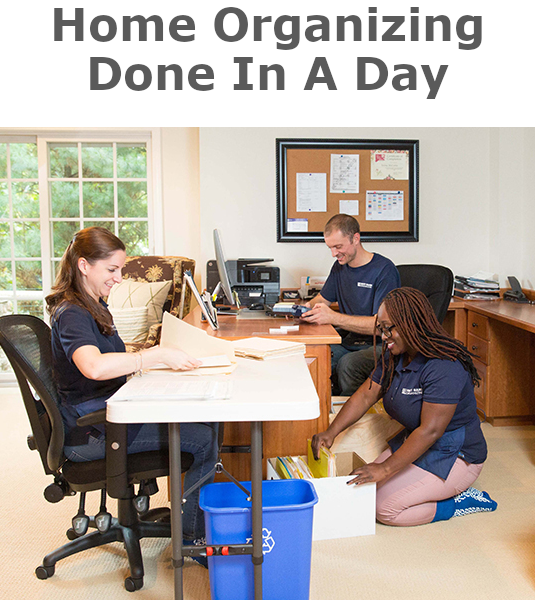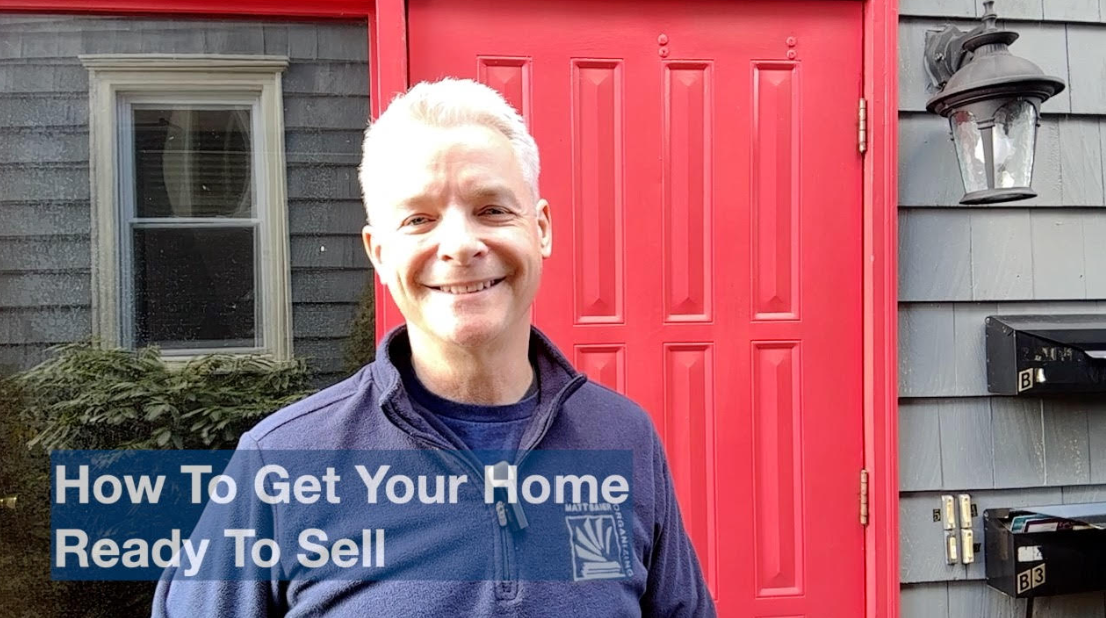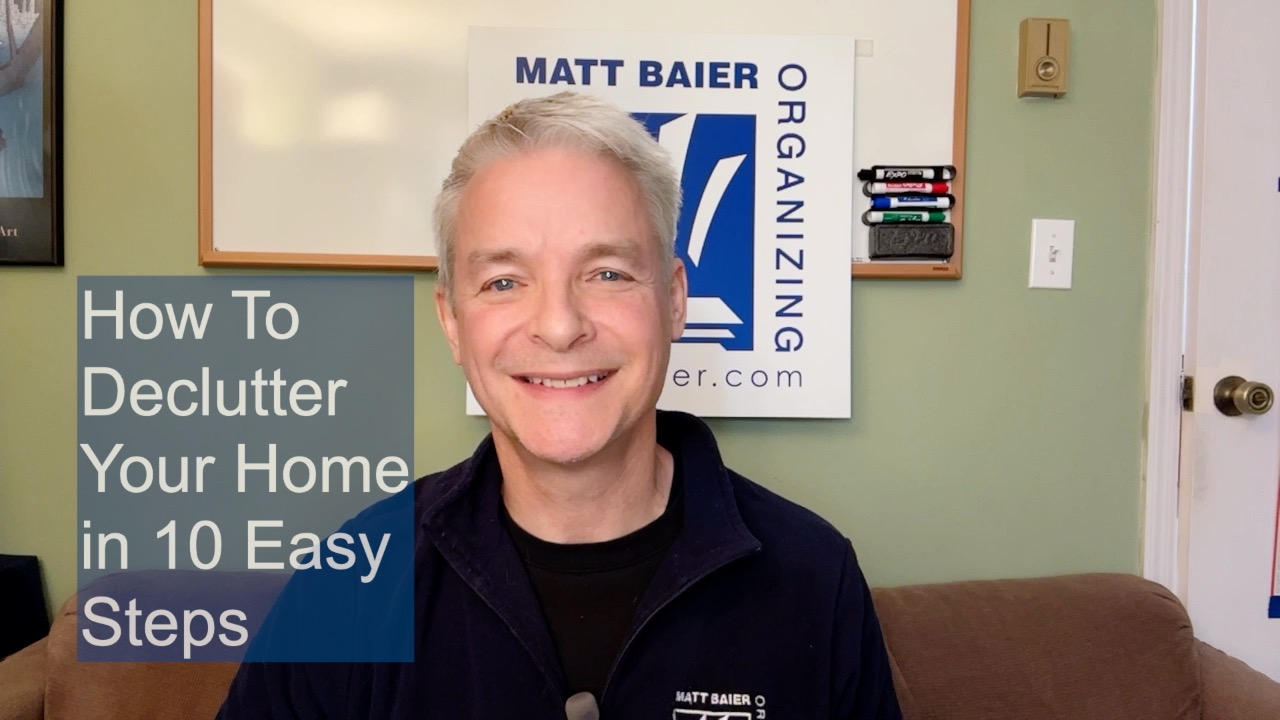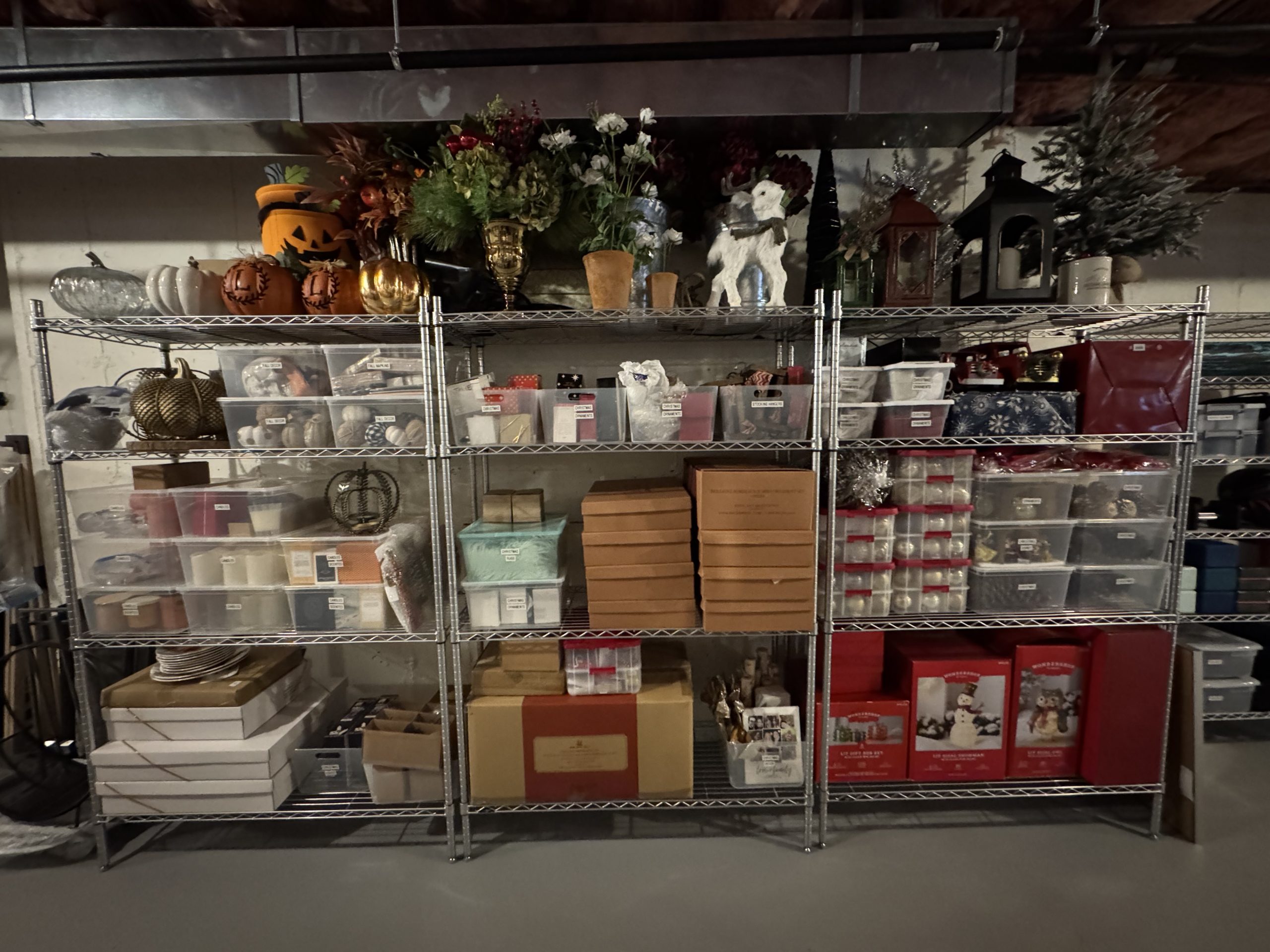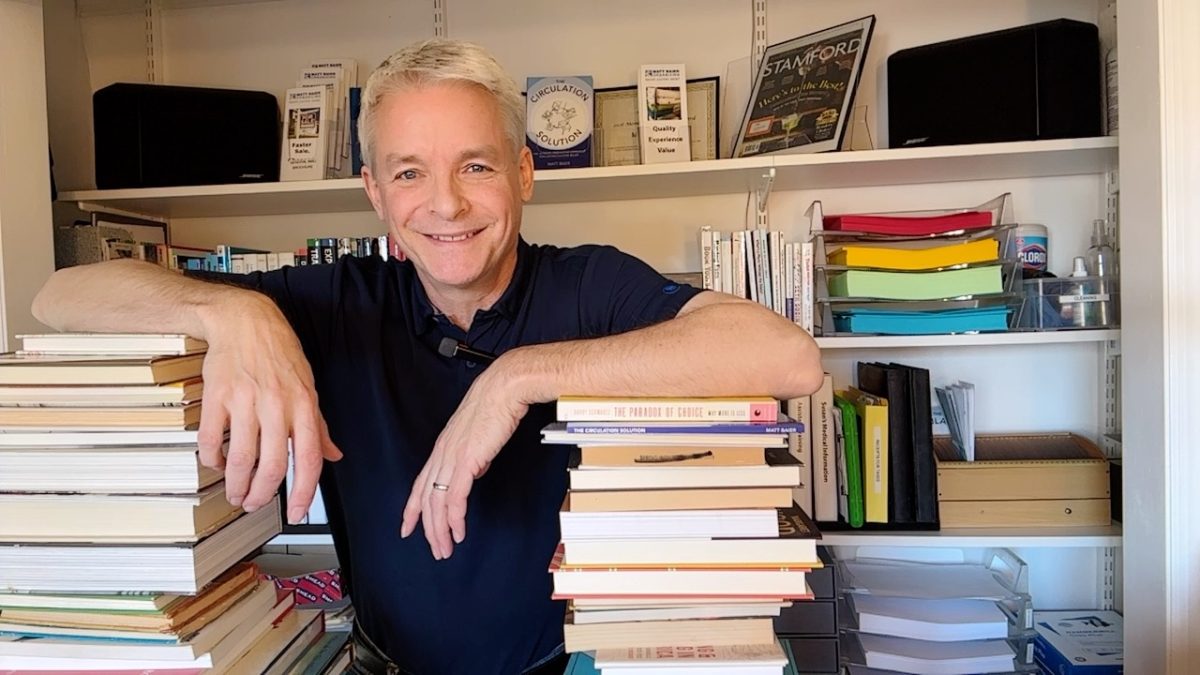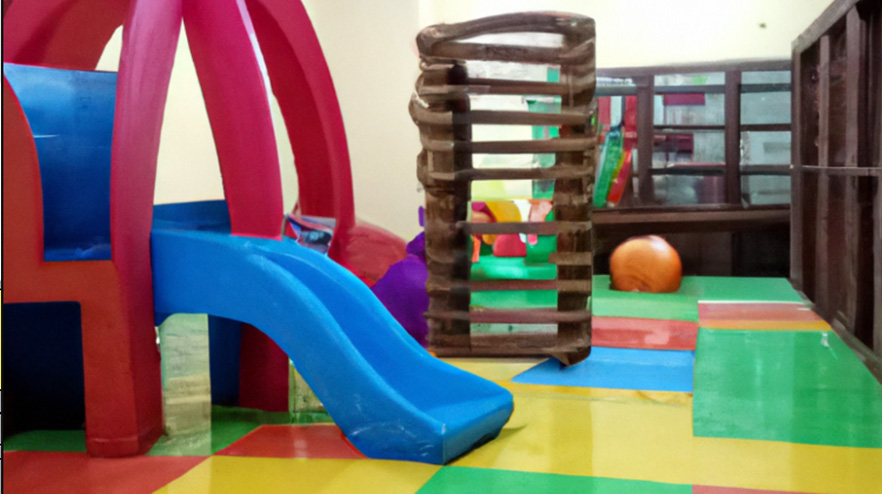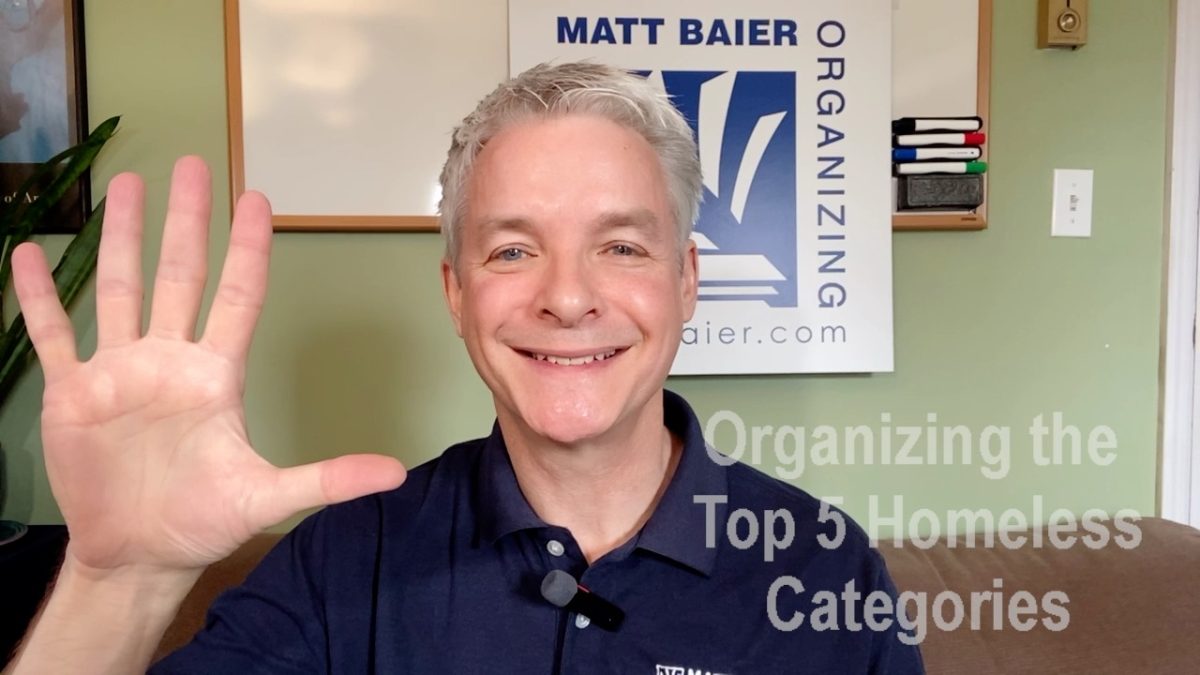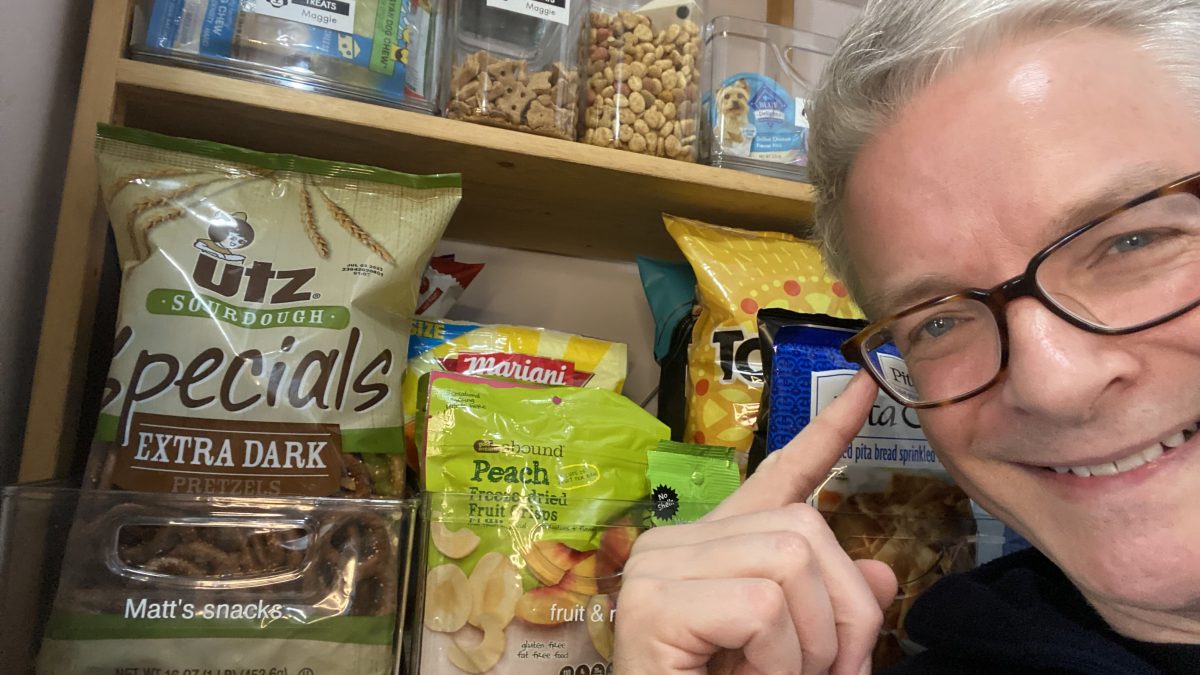Want a really simple rule to apply to all organizing? It’s this: REVEAL, DON’T CONCEAL. Sound obvious? If it is, odds are good that you are already organized. Even if you are not organized, you may be saying “Well, duh!” Still, I’d like to share some clients’ organizing practices, where they hide things from themselves.
Opaque Containers
You know those cute canvas boxes that fit perfectly in the cubby holes of your child’s playroom? I’m always hearing that the kids aren’t playing with the toys inside. Why? They don’t see the toys inside. They are concealed. Also, the odds of kids putting toys away are low, but they are even lower with opaque containers. In most cases, it’s better to have clear containers. Clear containers mean that you can always find what you went, when you want it. In a playroom, open containers may be even better, if possible.
Unlabeled bins
I get it. Sometimes you want things out of sight and out of mind. That’s quite different from hiding things from yourself. If you are hiding things from yourself, you really need to ask why you are keeping them. Even if you want to reduce the visual noise, you should still have a plan for finding things. Labels not only make things easy to find, but remind you what empty containers need.
Concealed file tabs
How you use your file folders matters. The most important verb associated with filing is “finding.” Tabs should go on the front of hanging files, so that they are as find-able as possible. Paper needs to rest flat across the bottom of the file folder. That way, they won’t stick up at the top and block tabs. Box bottom hanging files can help with this.
Double layer books
The depth of book shelves also matters. Unless you are hiding valuable collector books from the light, there’s no point double-shelving books. The deep shelves leave the back row of books hidden. Again, if you are hiding things from yourself, why keep them?
Paper folded inward
One thing I never understand is keeping mail in envelopes. The thickness of the envelopes wastes space and the folding conceals the contents. Sometimes clients remove the envelopes contents, but still keep them folded. Folding always seems like a waste of space to me, but if you must fold, fold outward. That is, fold so that the compelling side of the paper is visible. It’s a big time-saver.
T-shirts positioned flat
Marie Kondo was not the first organizer to position t-shirts vertically in drawers. The idea has been around for a while and for a good reason. Positioning your t-shirts vertically reveals more shirts. When you position your t-shirts flat in the drawer, you can only see three colors and/or designs. The majority are concealed. When you position them vertically, you reveal ten times as many.
Keepsakes
The fewer keepsakes you keep, the more you value them. When you reveal them, you value them even more. Store them in clear containers and take full advantage of the container’s transparency. Here’s how.
Note: there is one rather obvious exception to the reveal-don’t-conceal rule: gifts to give. These are kept to be hidden, so opaque, unlabeled, concealed containers make sense. For everything else, they don’t.
Can you think of some items that you can’t find because they are concealed? We’re the business of revealing. Call for a free consult today.
Please Share With Your Community
Testimonials
What some of our clients are saying
Imagine An Organized Home






